Vibrant Blooming Plants for a Late Summer Garden
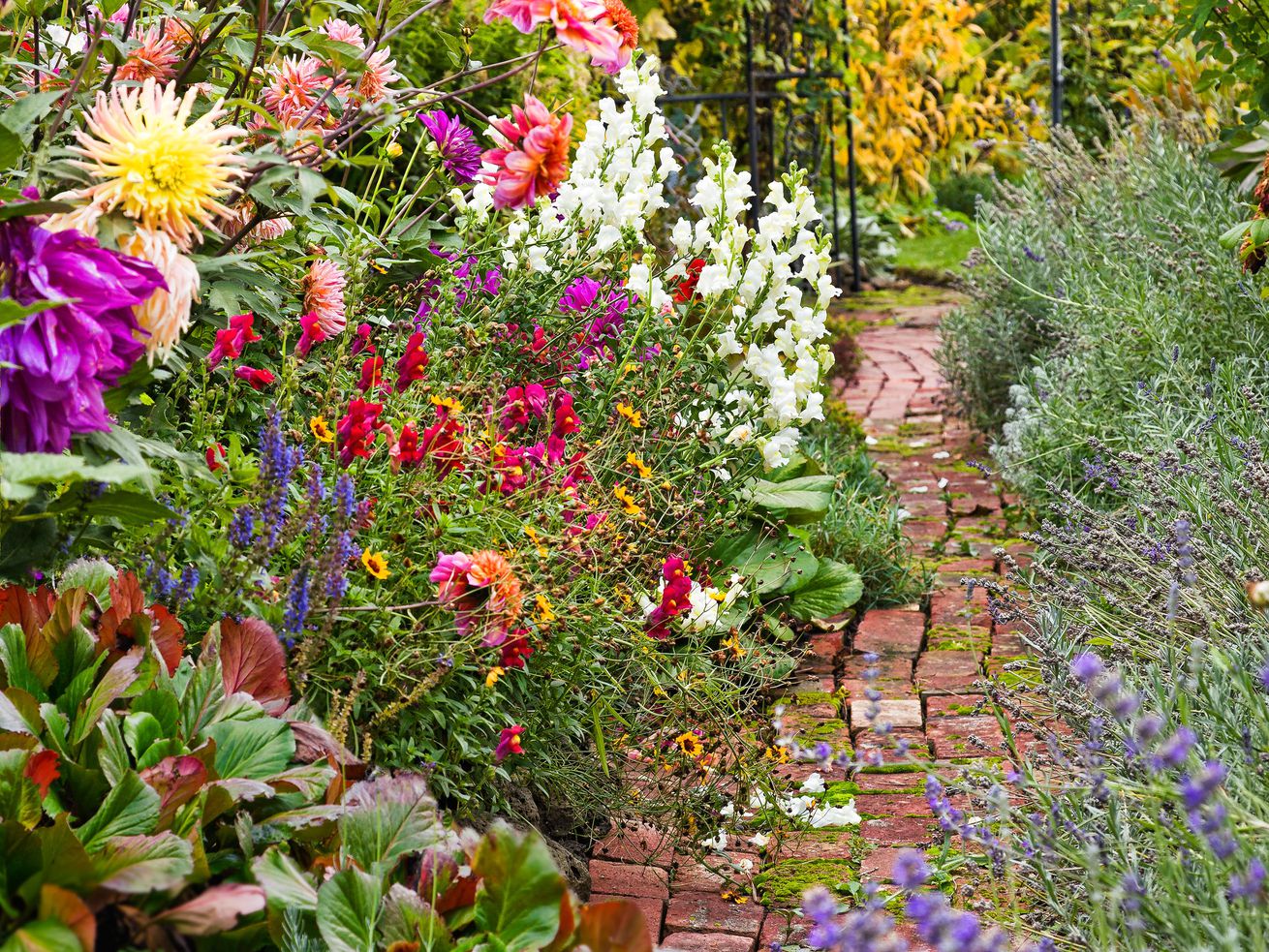
>
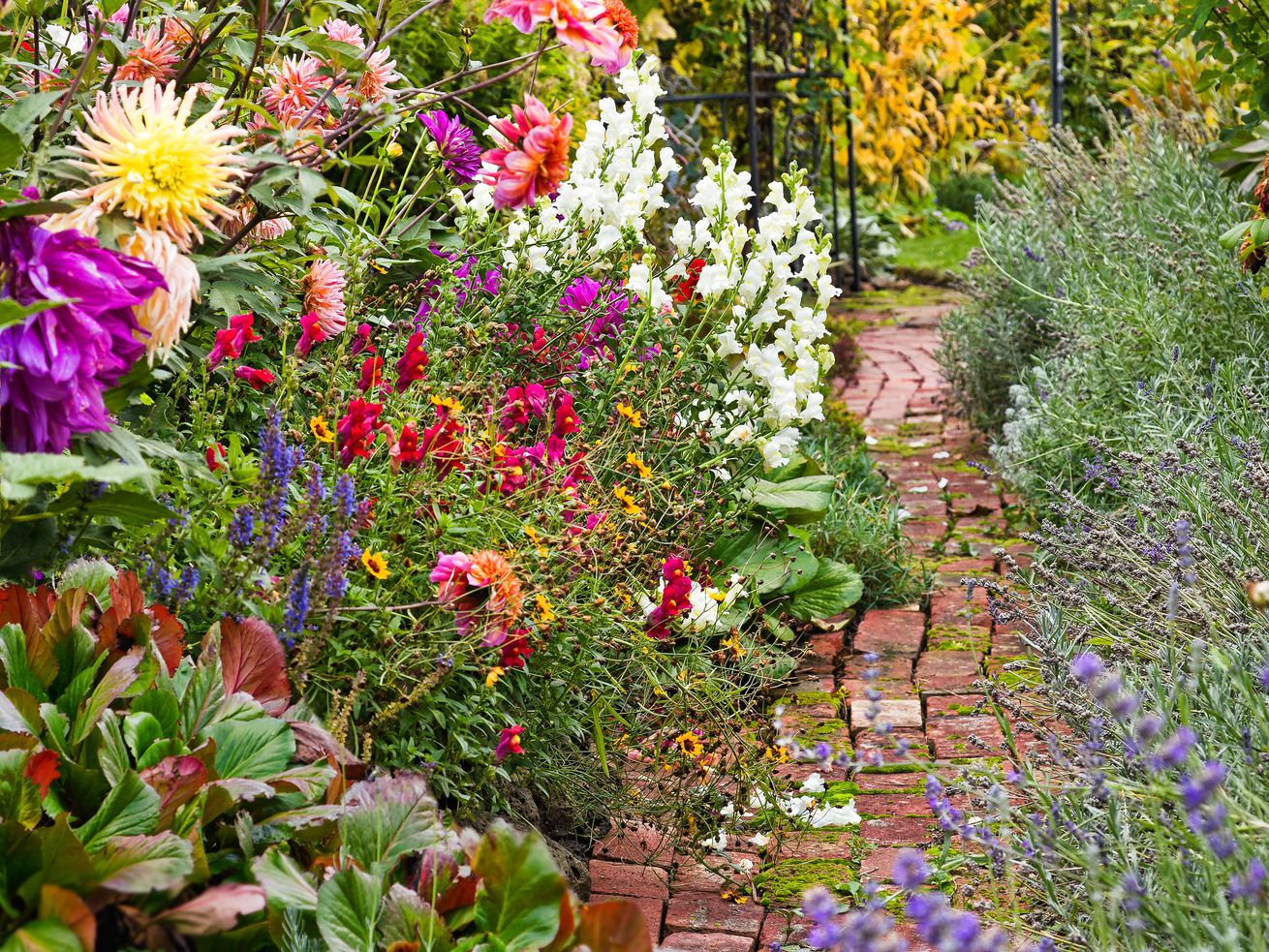
By August, most perennial gardens are fading away. But with a little planning, you can tailor your plantings for a strong end-of-summer show
Color to Last
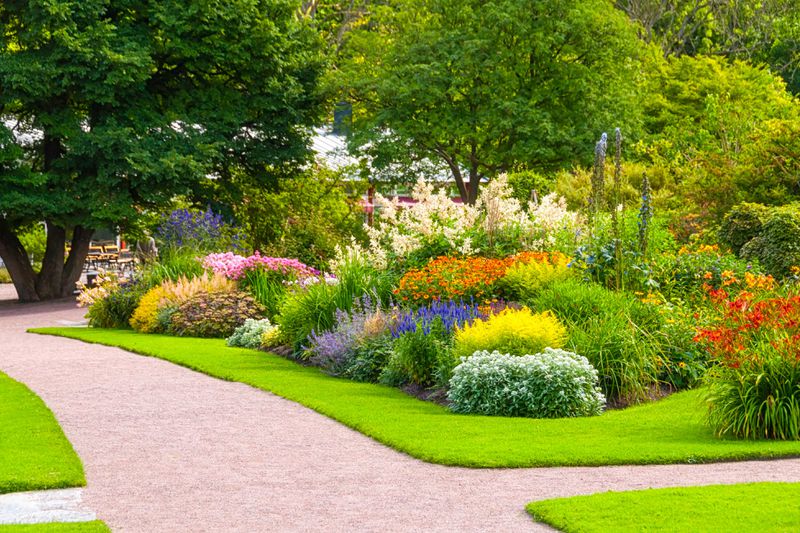
iStockOnce the dog days of summer hit, flower gardens generally start looking tired. Colors wash out, edges brown, blossoms become fewer in number. But Catherine Mix needs glorious, color-filled beds from June to September. As co-owner of The Cutting Garden in Sequim, Washington, with her husband, Tom, she tends several acres of gardens that serve as a lush backdrop for weddings and other outdoor events and provide blooms for the bouquets and flower arrangements she creates. So she’s discovered plants and strategies that deliver a brilliant show even in late summer. Here are some of her tricks that any homeowner can try:
Make it easy. Mix grows a wide array of plants, including long-blooming annuals like asters, cosmos, zinnias, sunflowers, lisianthus, and celosia. After planting, she mulches once with a 3-inch layer of rich compost to deter weed seeds, conserve soil moisture, and add nourishment. She also grows a number of flowers that self-seed in her beds. “If you don’t weed too hard in spring, these come back every year,” she says.
Shown: A brick walkway surrounded by vibrant blooms wends its way through an arch in this Spokane, Washington, garden. The plantings showcase some of grower Catherine Mix’s favorites for late-season color: towering multicolored dahlias, as well as snapdragons (shown in white) that she keeps in bloom with constant deadheading.
Prune Strategically
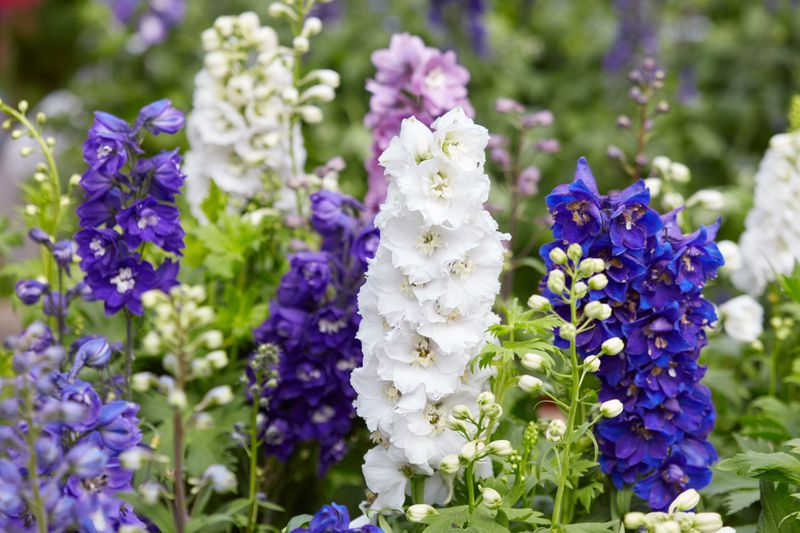
iStockAs soon as early-blooming delphiniums (shown) pass their peak, Mix cuts them back nearly to the ground and coaxes them into producing a second flush of flowers. She constantly deadheads other summer bloomers, such as scabiosa, snapdragon, and catmint, so that they’re always flowering.
Delay Gratification
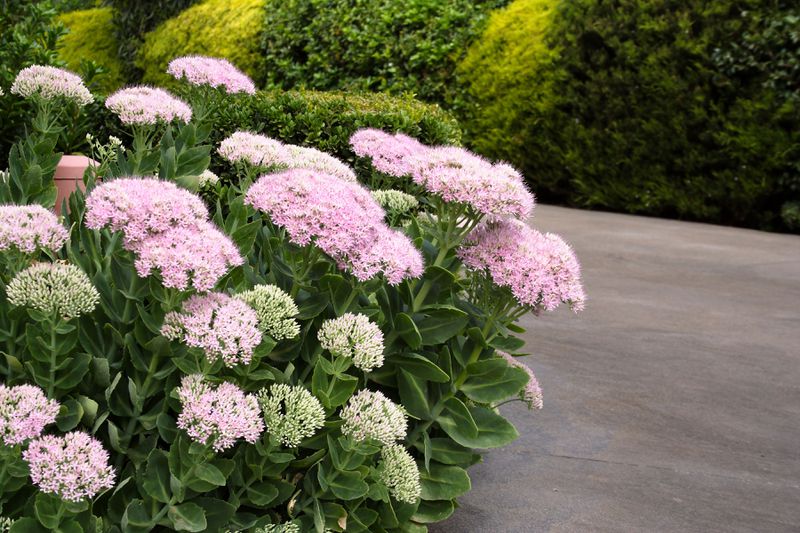
iStockSome of the best plants for late-summer-to-early-fall color, such as chrysanthemums, asters, and ‘Autumn Joy’ sedum (shown), tend to flop over just when they’re about to bloom. Mix’s solution? Cut back the stems by a third when the plants are about half their expected height. “They bloom later,” Mix says. “But they stay lower to the ground, so they don’t splay as much.” Similarly, she selectively cuts back several lavender plants in each cluster when they’re 1 to 2 inches tall. “Doing this can move back their bloom time by two to four weeks for a second wave of color.”
Zone Your Garden
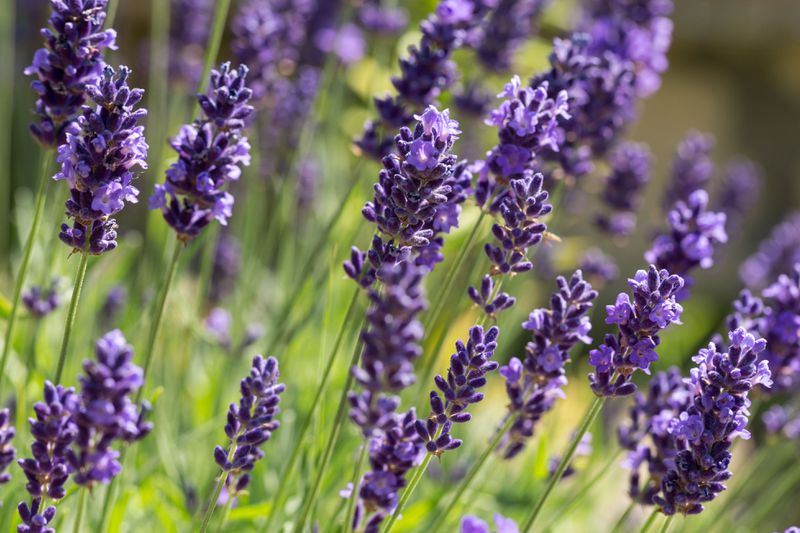
iStockLavender (shown), sage, and other plants that flourish in Mediterranean regions are good choices for late-summer color. But Mix has found that even in Sequim’s arid climate—it gets just 13 inches of rain a year—what works for other perennials doesn’t work for these drought-tolerant species. “We were killing them with too much water and nutrition,” she says. So now she dedicates a couple of “dry” beds, with no irrigation, to their needs. Rather than mulch with compost, she lays water-permeable ground cloth, cuts X’s through it to add plants, then spreads bark nuggets to keep the soil free of debris. Ongoing care is easy, since these plants do better when watered only rarely.
Make Shade an Ally
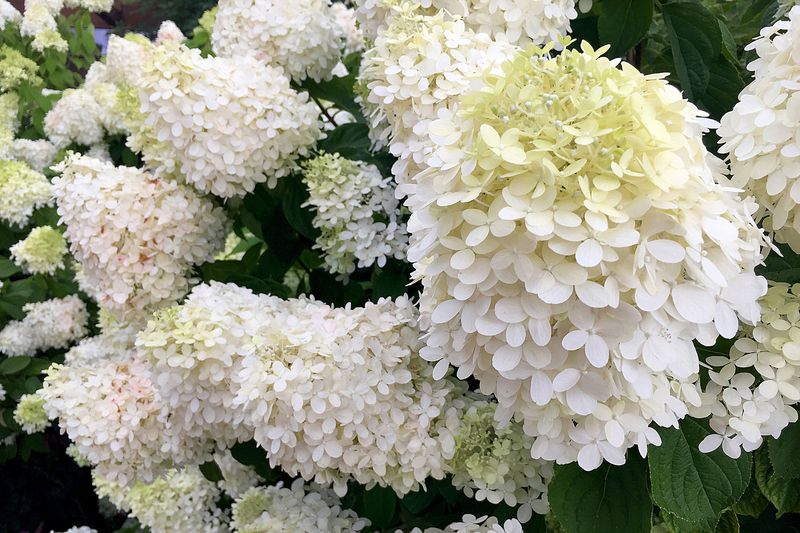
iStockHydrangeas grow in sun or shade in the Northwest, but Mix has discovered that the ones she plants in sun bloom for about two weeks, while those in shade stay in bloom for two months. In addition to blue mopheads, she especially loves Hydrangea paniculata ‘Limelight’ (shown), whose cone-shaped flower clusters are green when they first appear and then mature to white.
Wish you could put Mix’s advice to work right now? You can. Shop for potted perennials in their full glory, dig holes where you want them, drop them in (pot and all), and enjoy. If you decide to change their locations, moving them is easy. Since perennials generally do best if planted in early spring or late fall, wait for them to begin to die back, then plant them properly. They’ll be flush with color again this time next summer.
Mix’s End-of-Summer Stars: Aster
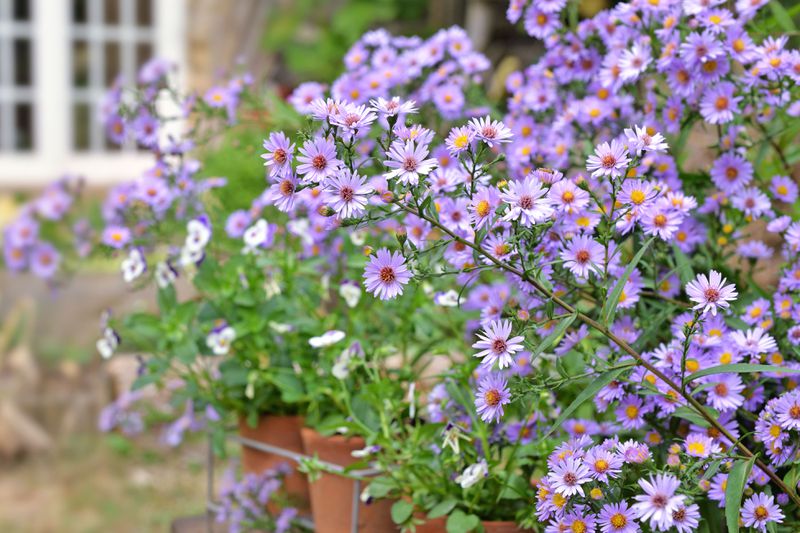
iStock(Aster frikartii)
White to pink to purple daisy-like flowers. ‘Monch’ has 2-inch-wide lavender blossoms with yellow centers, and blooms midsummer to fall. Full sun. Up to 3 feet high, 18 inches wide. Zones 5 to 10.
Dahlia
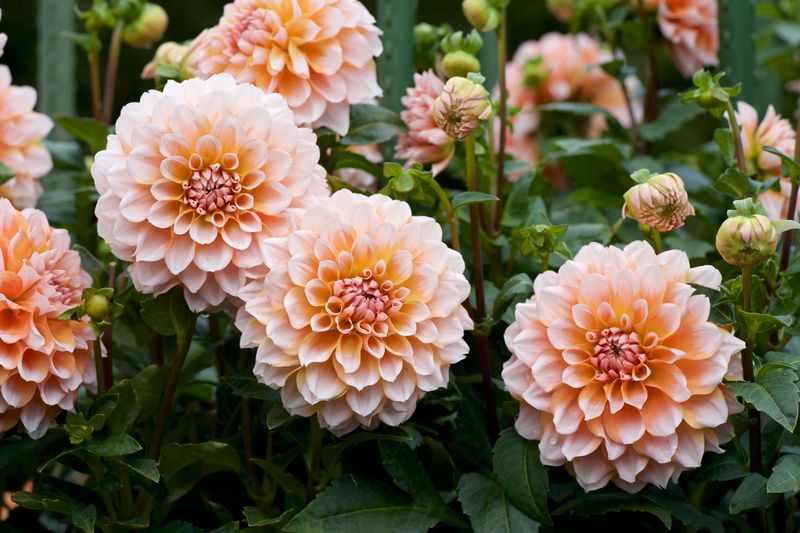
iStock(Dahlia)
Showy blooms in every color (except blue), until frost. ‘Just Peachy’ has flowers up to 8 inches wide and stems up to 6 feet high. Grown from tubers that can be left outside in Zones 8 and above; must be dug up and overwintered indoors elsewhere. Full sun.
Bee Balm
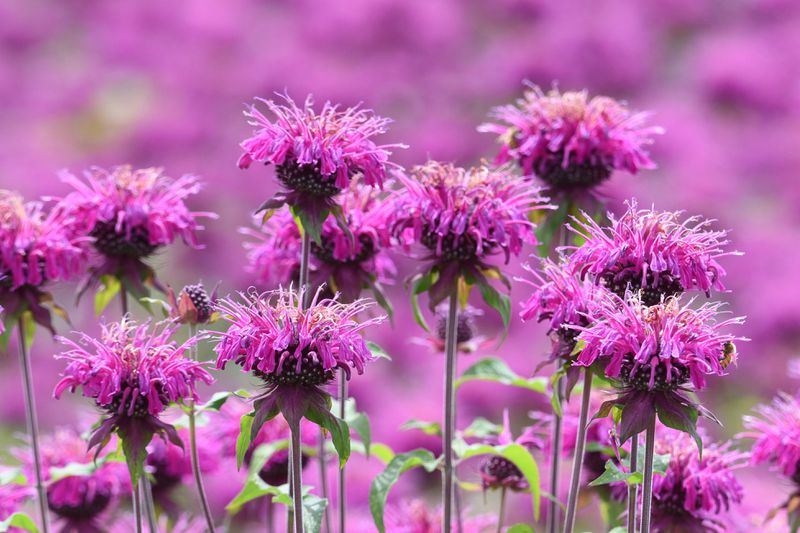
iStockA field of purple Bee Balm with just the front group of flowers in focus.(Monarda)
Its square stems, aromatic foliage, and bright colors are attractive to pollinators. ‘Colrain Red’ has mint-scented foliage and intense red flowers that bloom from summer to early fall. Full sun to dappled shade. Up to 4 feet high, 2 feet wide. Zones 4 to 9.
Tobacco Plant
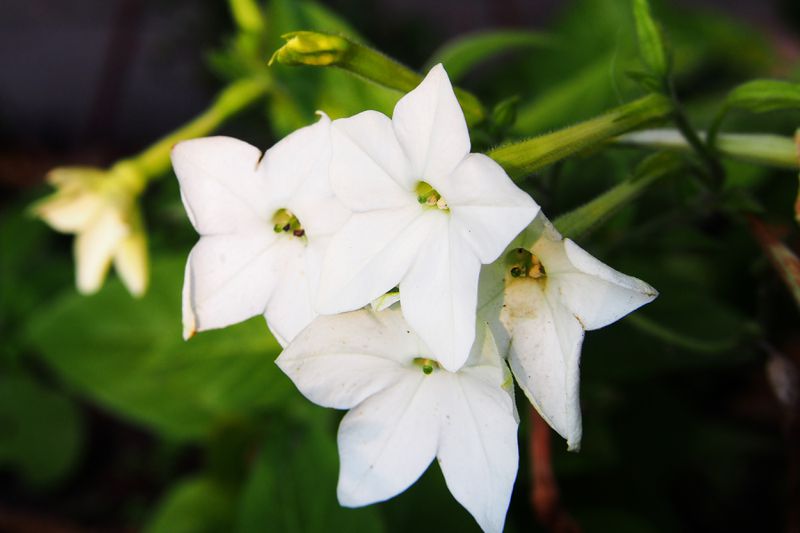
iStock(Nicotiana)
While most nicotianas open in early evening, N. sander blooms remain open during the day; ‘Fragrant Cloud’ has a jasmine-like scent. Full sun to partial shade. Up to 5 feet high, 2 feet wide. Perennial in Zones 10 and 11; grown as an annual elsewhere.
Culver’s Root
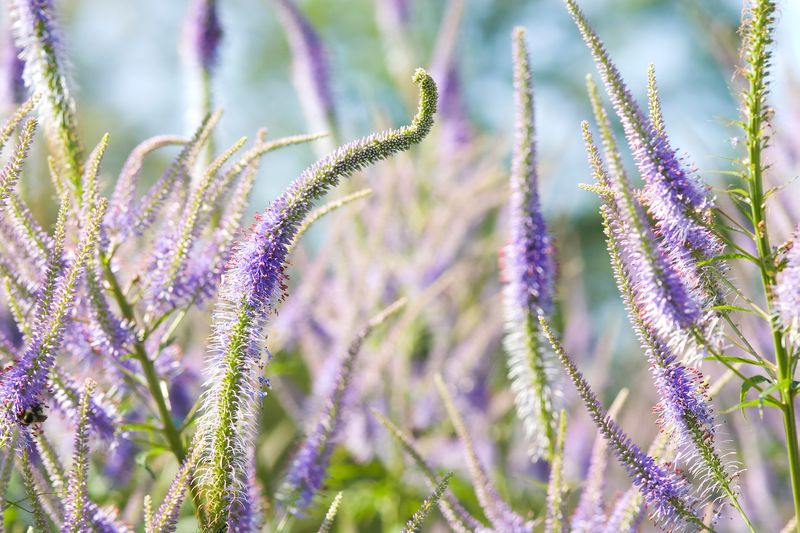
iStock(Veronicastrum virginicum)
These tall, slender plants add height to summer borders. The narrow spires of ‘Lavendelturm’ are covered with pale purple flowers from late summer to early fall. Full sun to partial shade. Up to 5 feet high, 2 feet wide. Zones 3 to 8.
Hyssop
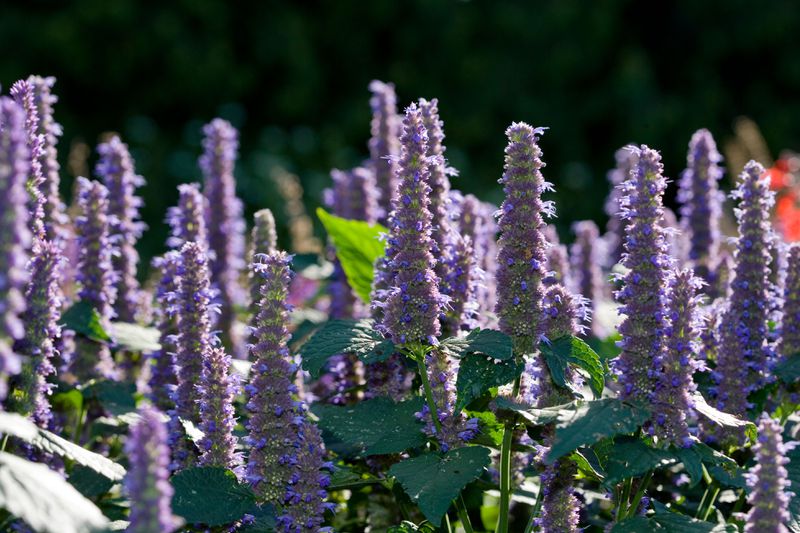
(Agastache rugosa)
The species has 2- to 4-inch-long flowers that are perfect for shorter borders. ‘Honey Bee Blue’ has spikes of blue over fragrant grayish-green foliage from mid- to late summer. Full sun. Up to 3 feet high, 2 feet wide. Zones 5 to 8.
Sea Holly
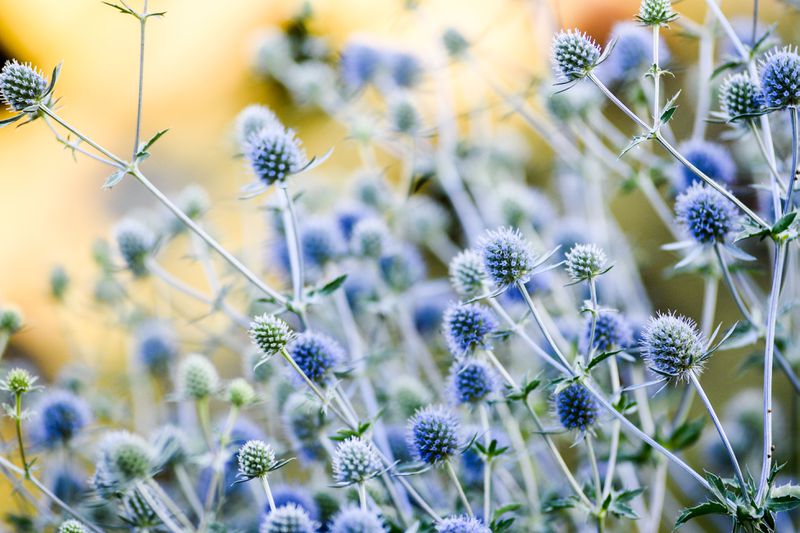
iStock(Eryngium)
Blue or white cone-shaped blooms that add color, texture, and interesting form from mid- to late summer. The blue flowers of ‘Sapphire Blue’ sit above jagged blue leaves (and pop against yellow tickseed). Full sun. Up to 2 ½ feet high, 2 feet wide. Zones 5 to 9.
Shrubby Cinquefoil
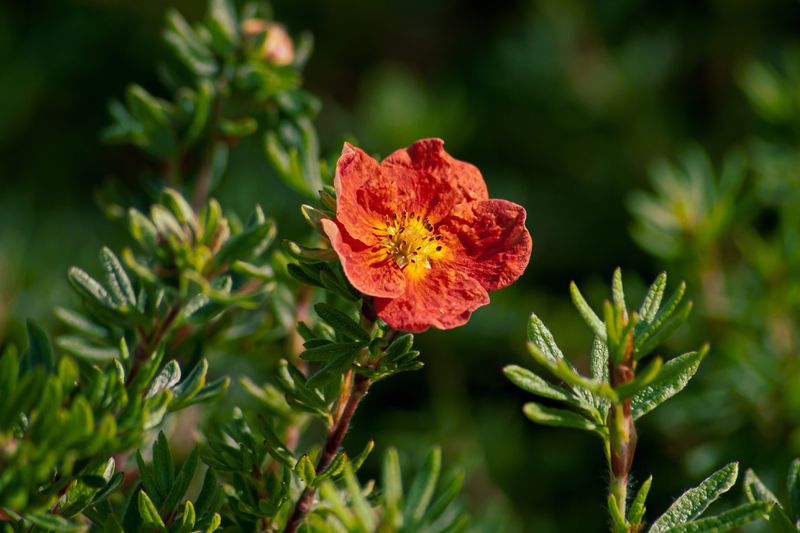
iStock(Potentilla fruticosa)
A good choice for low hedges, this species typically reaches only 3 feet high. ‘Red Ace’ has vermilion saucer-shaped flowers from late spring till mid-fall. Full sun. Up to 3 feet high, 5 feet wide. Zones 3 to 7.
Crocosmia
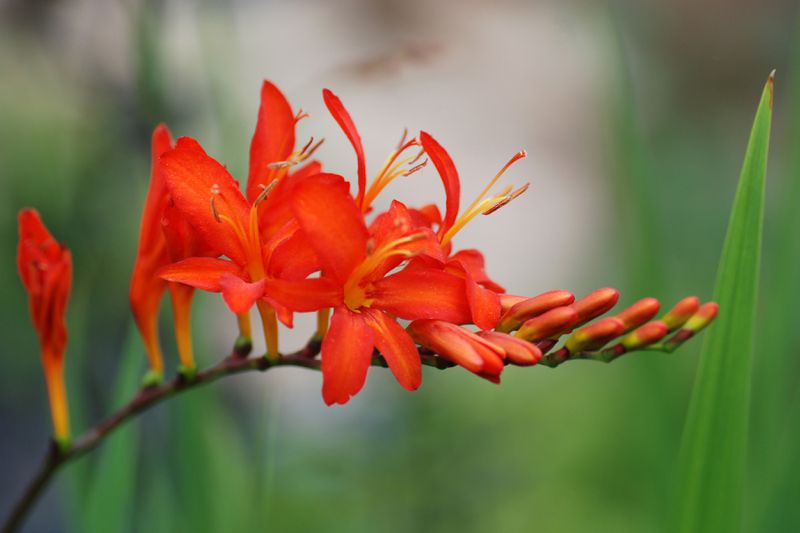
iStock(Crocosmia)
Grown from a bulb, crocosmia is a Victorian-era import that is enjoying a comeback. The lance-shaped foliage of ‘Bressingham Blaze’ is complemented by tall, arching stems topped with brilliant red-orange flowers from mid- to late summer. Full sun to partial shade. Up to 3 feet high, 18 inches wide. Zones 6 to 9.
Cardoon

iStock(Cynara cardunculus)
A decorative artichoke that flowers with dramatic purple or pink blooms from summer to fall. Its silver leaves have tines typical of thistles. Full sun. Up to 6 feet high, 3 feet wide. Zones 7 to 9.
Did you miss our previous article…
https://www.tampa-bay-homes-guide.com/?p=1867
